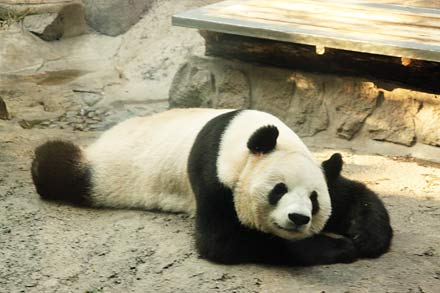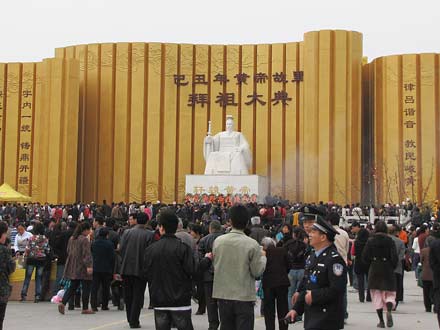Around Town: Deserted Again
The summer break is in full swing, and that means, our campus is deserted yet again! But take heart, it’s never as empty in the summer break than it is in the winter. The reason: There’s summer camps all over the place. Some for orphans, some for athletes, some for kids who want to learn English, and some for students who just get bored staying at home over the summer. That, by the way, is another reason why the campus doesn’t get as deserted in the summer as it does in the winter: Because quite a number of students stay around for the summer, renting apartments in the vicinity and use the quietude to study (at home, they’d be spending most of their days watching TV, which can get quite boring if you do that for a whole month). Anyways, for me the summer is usually a good time to brush up on my tennis skills, as every late afternoon by 5 pm the tennis court gets frequented by more or less capable players … …






